Coast Route, California. Map No. 1 From San Francisco Bay to the Plains of Los Angeles, drafted in 1854-55, traces the anticipated path for the transcontinental railroad from the Mississippi River to the Pacific Ocean. The construction of this map, a portion of the broader 'Explorations and Surveys for a Rail Road Route' project, offers an intricate geographical record of the proposed path through California.
The creation of this map, under the stewardship of Secretary of War Jefferson Davis, and the technical expertise of Lieutenant John G. Parke and his team of civil engineers, involved the integration of various sources of geographical data. The coastal line, except for the stretch between Point San Luis and San Buenaventura, and the positioning of Picacho de Gavilan were derived from the U.S. Coast Survey charts. The eastern boundaries of the Coast Range, the locations of Tulare, Buenavista, and Kern Lakes, parts of the Mohave Valley, the plains of Los Angeles and San Bernardino, the Santa Ana river, and the foothills of the Sierra Nevada were all determined from surveys of the U.S. General Land Office.
Additional geographical points such as the lower part of the Mohave Valley, the southern tip of Soda Lake, and the positions of Point Conception and Santa Barbara were obtained from surveys conducted by Lieutenants A.W. Whipple and R.S. Williamson of the U.S. Topographical Engineers. The map also includes small dotted lines which mark the paths of various exploring parties.
The Coast Route, California. Map No. 1 demonstrates an extraordinary amalgamation of surveying efforts, making it a rich repository of geographical knowledge of the time. Besides its practical value as a blueprint for the proposed railroad, the map is an artifact that chronicles the intersection of geographical exploration, scientific inquiry, and national ambition in mid-19th century America.









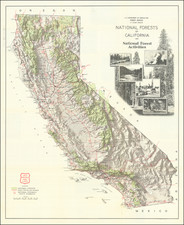
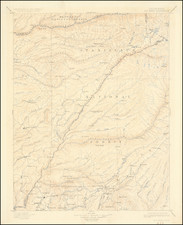
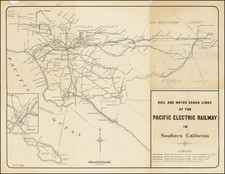
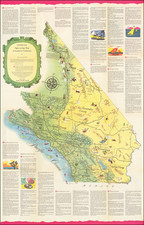
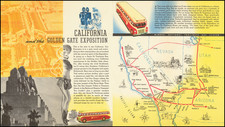
![[Southeastern Riverside County and Borrego Valley] Indio Special](https://storage.googleapis.com/raremaps/img/small/83488.jpg)